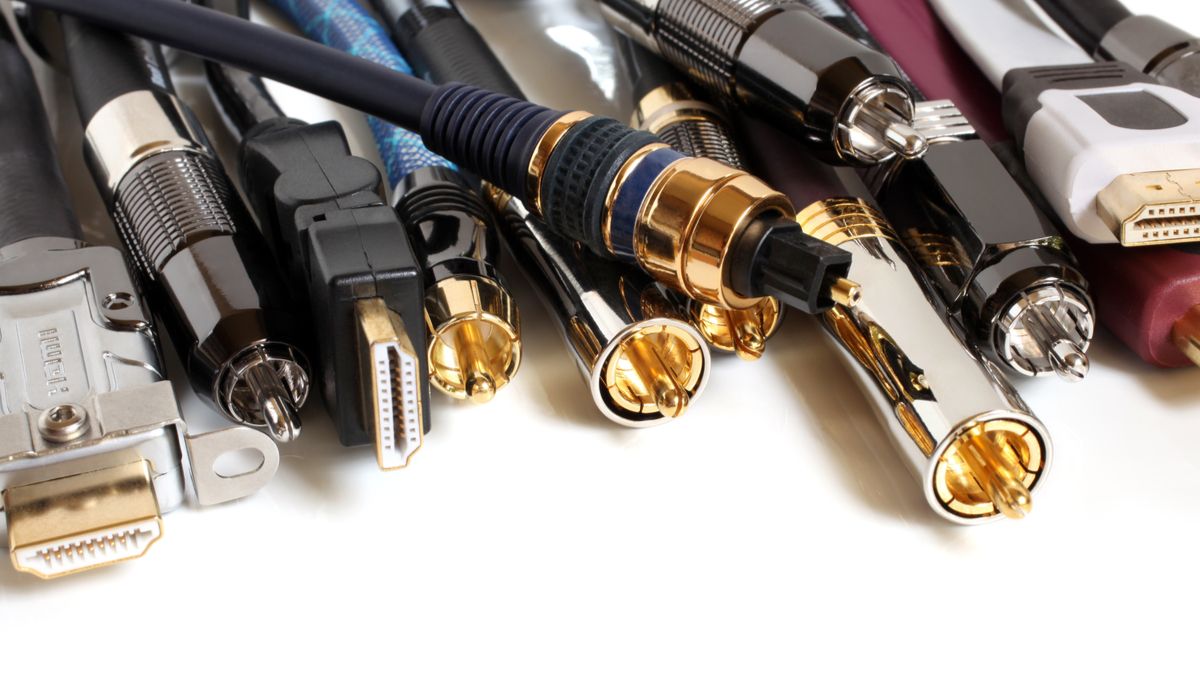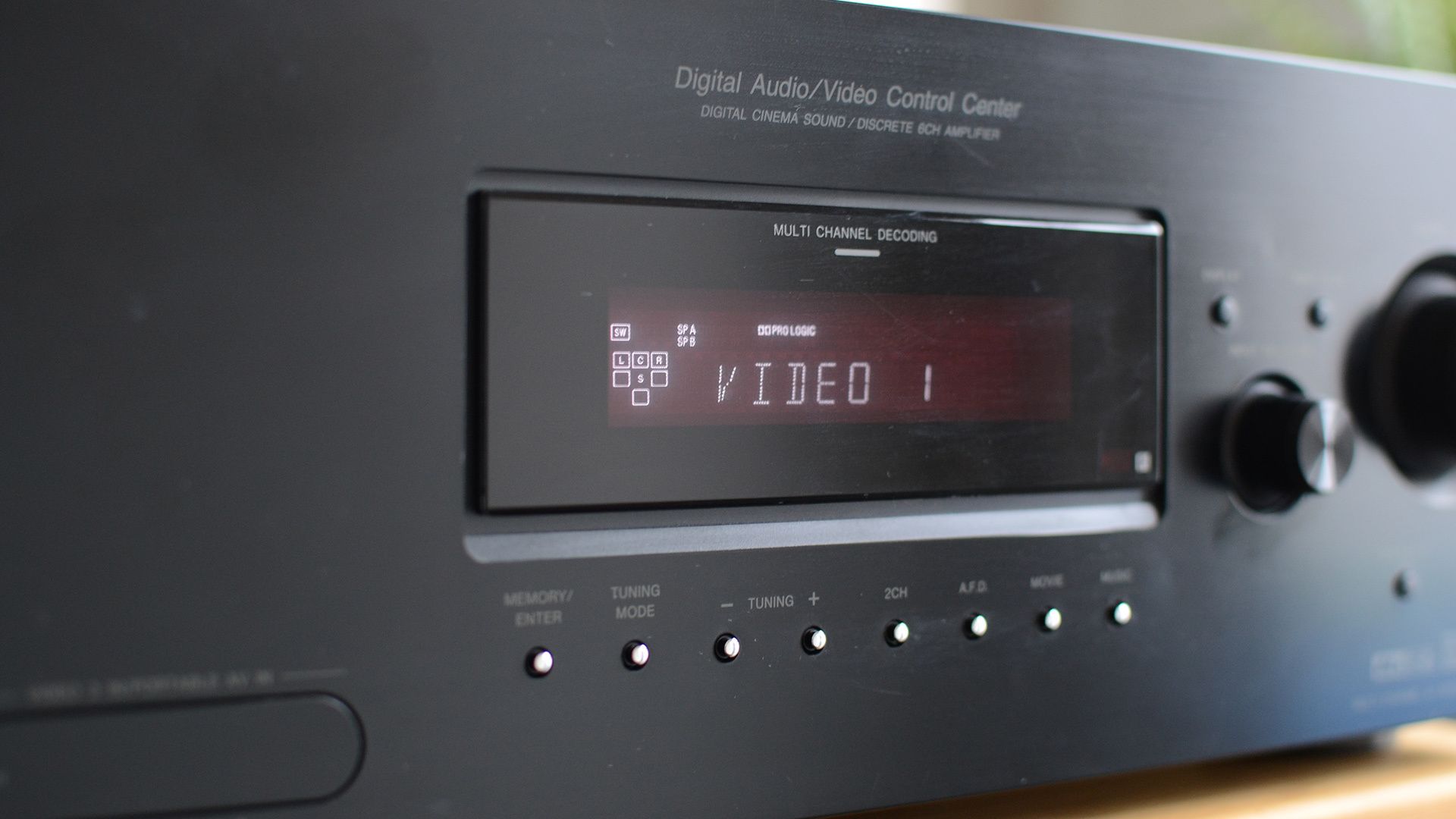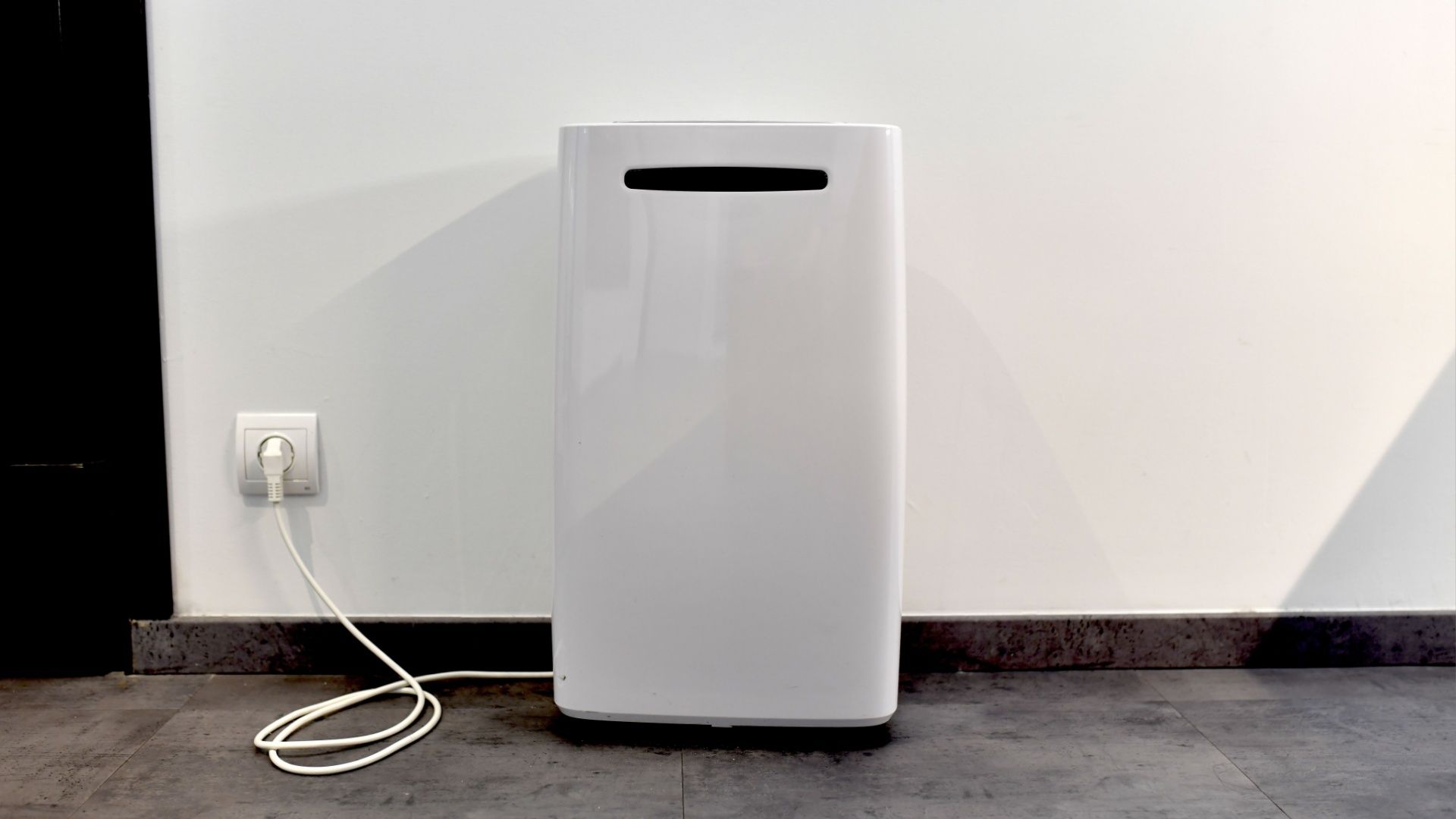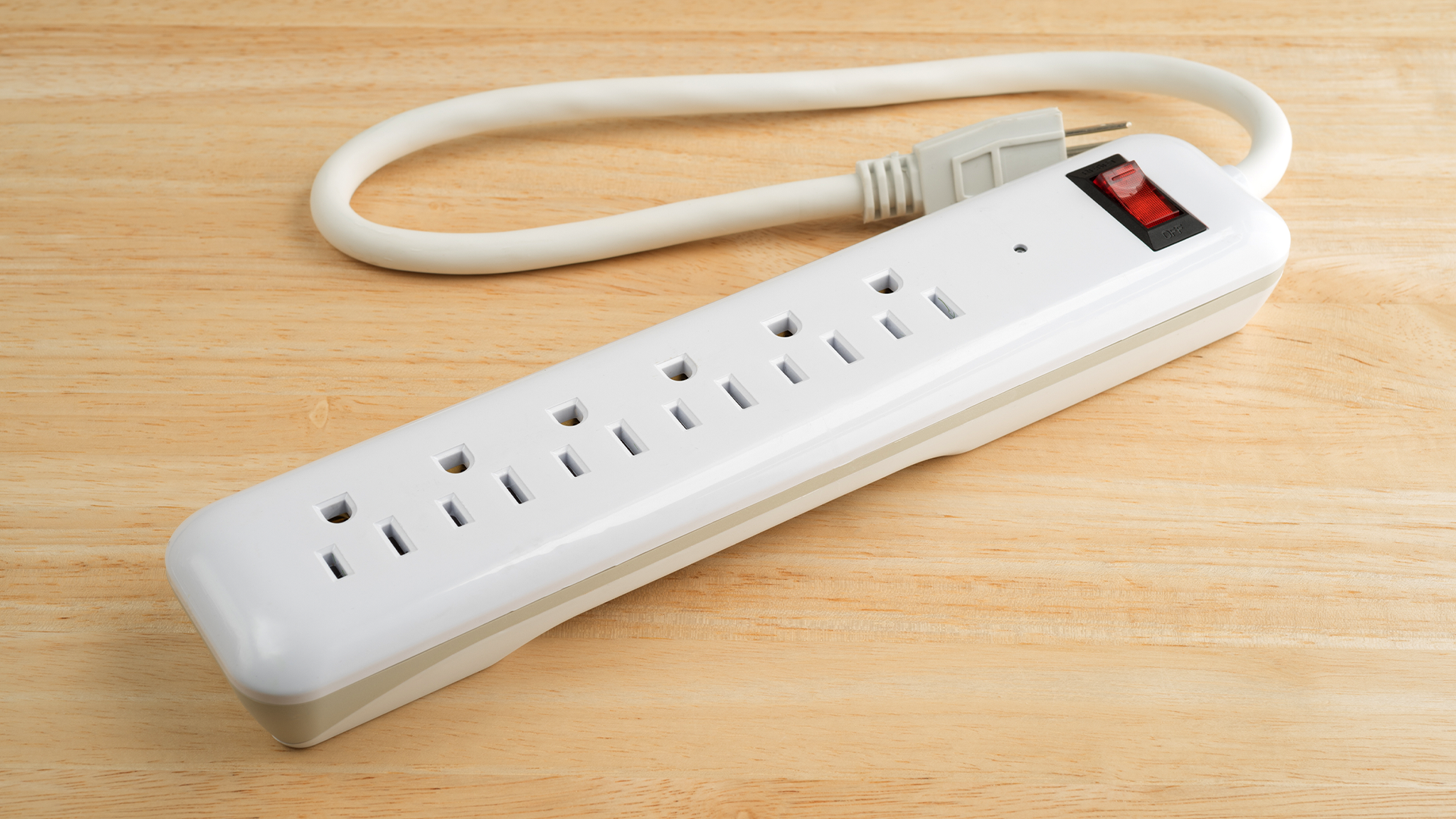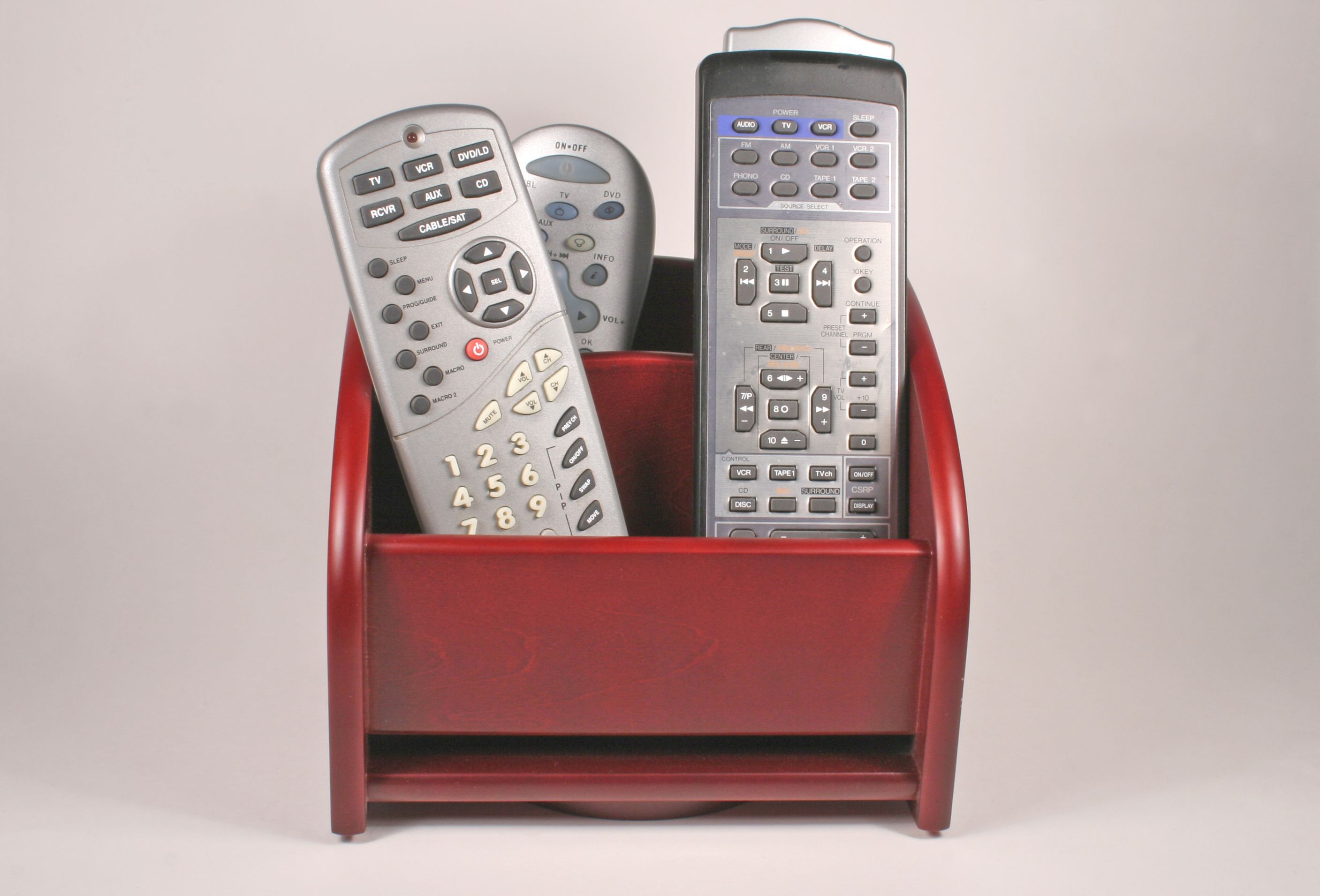Maintaining your sound system is crucial to keeping it in tip-top shape, but sometimes, it can be a bit of a minefield. So, I’ve put together some essential tips to help you keep your system in great condition.
8 Clean Your Speakers Regularly
Before you grab the nearest bottle of glass cleaner and start spraying away, there’s the right way to clean your speakers or soundbar. First, you’ll want to use a soft, dry microfiber cloth to wipe down the exterior of each speaker gently. This gets rid of surface dust without scratching the finish. For more stubborn spots like greasy fingerprints, lightly dampen the cloth with water before wiping.
The speaker grilles—those mesh covers on the front—are where things can get a bit trickier. Dust loves to settle there, and if left undusted, it can muffle your sound. If the grilles are removable (check your manual), pop them off and use a vacuum cleaner with a soft brush attachment to suck up any debris. If you don’t have a vacuum, compressed air works wonders, too. Just make sure you’re holding the can upright and spraying in short bursts so you don’t accidentally shoot out freezing liquid and damage the material.
Lastly, the speaker cones. These are the delicate, sensitive parts that actually produce sound, so you’ll want to treat them like fine china. A quick pass with a soft brush (like a makeup brush or an artist’s paintbrush) will safely clear away any dust. Whatever you do, resist the urge to poke or press on them.
7 Inspect and Replace Worn-Out Cables
Inspecting and maintaining cables isn’t exactly the most glamorous part of maintaining your sound system. Start by giving your cables (be it HDMI, optical, or speaker cables) a good once-over. Look for visible signs of wear, like frayed edges, bent connectors, or exposed wires. If you see any of these issues, it’s time to replace the cable.
Even if things look fine on the outside, don’t assume all is well—loose connections can be a sneaky culprit. Try gently wiggling the cables while your system is on. If you hear static or the sound cuts in and out, your connectors are probably loose and need attention. You might just need to unplug and re-plug the cables to ensure a solid connection.
Another reason your sound may be cutting out during intense movie scenes or your music losing its crispness could be dirty connectors. Over time, the metal connectors on your cables and the ports on your devices can accumulate dust, moisture, and even tiny bits of rust.
I recommend using an electronics-grade contact cleaner – not just any household cleaner. DeoxIT D5 is my go-to, but similar products from CRC or WD-40 work well, too. Before starting, power down your system completely and unplug it from the wall. Then, give each port a quick blast of compressed air to remove loose particles.
Apply the contact cleaner sparingly. A little goes a long way here, as you want to avoid any liquid pooling. After application, plug and unplug the connectors several times to help distribute the cleaner and remove oxidation. I usually wait about 5 minutes before powering everything back up, even though most cleaners evaporate quickly.
5 Turn Off Your Sound System When Not in Use
It’s tempting to leave your sound system in standby mode because you don’t want to wait those extra few seconds for everything to power up. However, when you leave your sound system on standby or in sleep mode, it’s still drawing power (though very negligible) and generating heat. Over time, there’s a chance that this could add wear to the internal components and reduce the overall performance of your system over time.
So, make it a habit to turn your system off (and that includes switching off the wall socket) when you’re done using it. Don’t worry about the hassle of powering it back up every time because modern systems are designed to boot up quickly. By the way, turning them off doesn’t mean you’ll lose your settings or preferences, as those are usually saved in the system’s memory.
4 Cover Speakers When Not in Use
Fine dust particles can get inside your speakers and noticeably degrade their sound quality, so it’s important to keep them covered. I recommend investing in proper speaker covers. Most high-end speakers come with them, but if yours didn’t, you can find universal covers online. In a pinch, even a clean microfiber cloth will do. Just avoid anything that might shed fibers onto your speakers or plastic covers that can trap moisture and potentially damage your speakers’ delicate components.
Be gentle when removing or replacing covers. You don’t want to push against the speaker cones accidentally.
3 Use Dehumidifiers in Humid Environments
If you live in a humid area—or even if your home tends to feel like a tropical rainforest in the summer—your speakers, subwoofers, and other delicate equipment might be quietly suffering. Speaker cones, for instance, are often made of materials like paper, fabric, or composite fibers, which can absorb moisture over time. When that happens, they can warp, lose their rigidity, or even develop mold. This can affect the sound quality, making your bass sound muddy or your mids feel muted.
The solution is to invest in a good dehumidifier. This can help regulate the moisture levels in your home theater space, keeping it at an ideal humidity level—generally around 30-50%. Not only does this protect your sound system, but it also makes the room a lot more comfortable for you and everyone else.
2 Use a High-Quality Surge Protector
Power surges can happen at any time. They can be caused by lightning storms, sudden outages, or even fluctuations in your local power grid. And when a surge hits, it can fry the sensitive components inside your sound system. That’s where a good surge protector comes in. It acts as a safety net, absorbing excess voltage before it reaches your equipment.
Look for a surge protector with a high joule rating. For a home theater setup, I recommend at least 2,000 joules, but if you’ve got a larger system, aim even higher. One thing to bear in mind is that surge protectors don’t last forever. Over time, their ability to absorb surges diminishes. If yours is more than a few years old or has already protected your system from a big surge, it’s probably time for a replacement.
1 Store and Maintain Your Remote Controls
When not in use, you can designate a specific spot—maybe a decorative box or drawer near your primary viewing position—where all remotes can live. If you’re feeling fancy, a remote caddy with compartments works even better.
Regular maintenance is surprisingly simple. Make it a habit to check the batteries every few months, especially if you notice the remote lagging or requiring extra effort to register commands. Swap out old batteries for fresh ones, and if you’re not planning to use your sound system for a while (say, during a vacation), remove the batteries altogether to prevent corrosion.
Also, protect your remotes from drops and spills. A bad fall or splash of soda can render them useless. To protect them, consider using silicone or rubberized covers, which not only provide a better grip but also offer some impact resistance. And as tempting as it is, try not to leave your remote perched precariously on the edge of a table.



